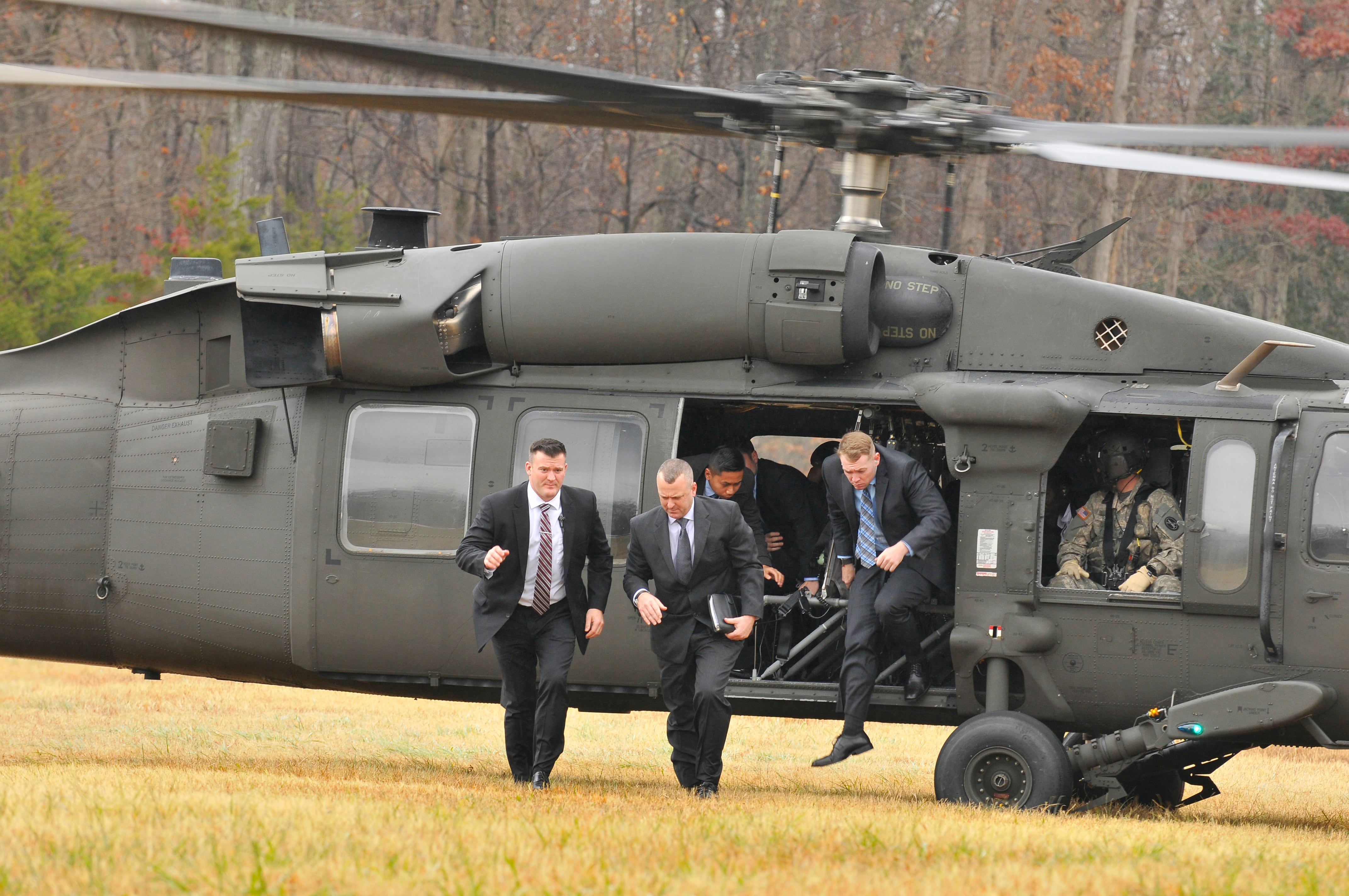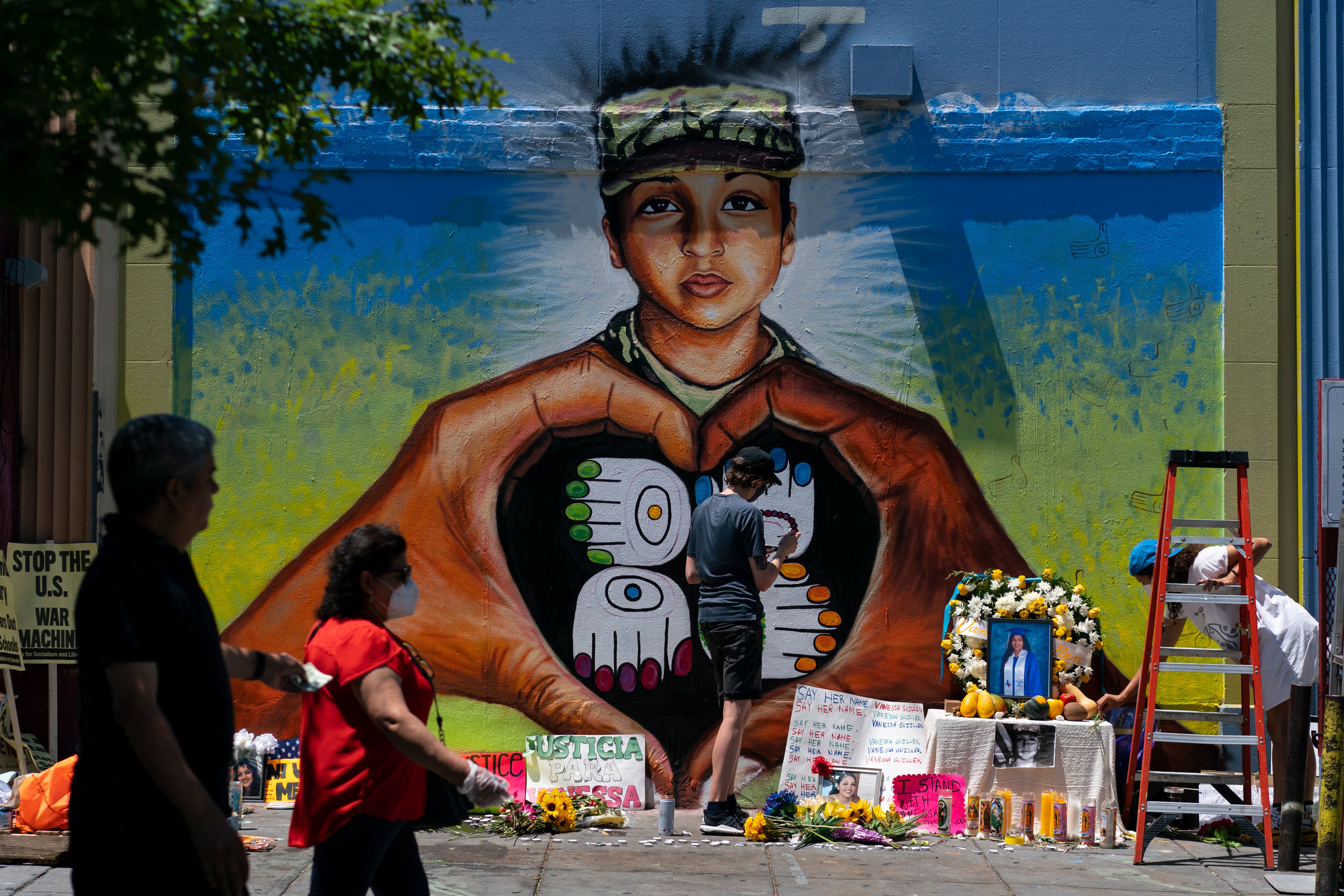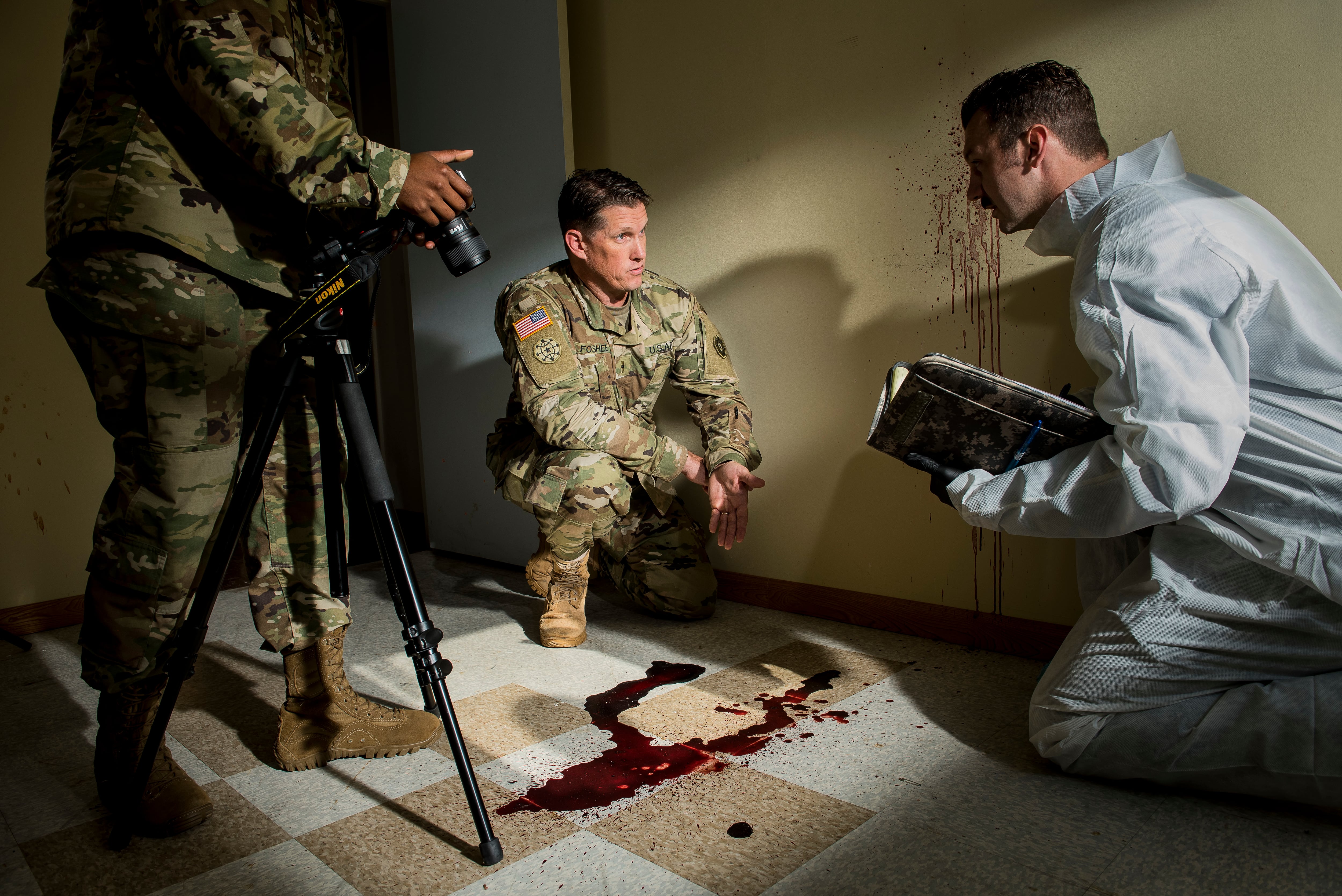The Army will put a high-ranking civilian with investigative experience in charge of Criminal Investigation Command, known by the older acronym CID, as well as create an officer special agent career field.
The changes split the duties currently assigned to just one general and redesigns Army CID’s command structure to mirror the criminal investigative arms of the Air Force and Navy, according to Maj. Gen. Donna Martin, the provost marshal general, who oversaw the planning process.
“We have not done this in a vacuum,” Martin said by phone May 6. “We did a lot of coordination and research with our other law enforcement partners, to include the Office of Special Investigations with the Air Force and Naval Criminal Investigative Service.”
The provost marshal general of the Army will remain in charge of military police, but will no longer oversee CID. The new civilian director of CID will report to the undersecretary of the Army, while the provost marshal general will report to the service’s chief of staff.
Army Times first reported that CID was undergoing a massive redesign in March. CID special agents have long been concerned that their organization is managed by military police officers who are not criminal investigators by trade and therefore do not understand special agent priorities. That dynamic is now changing.
Under the redesign, a new officer special agent career field will be created to lead enlisted special agents, and the military police officers who supervise them now will be replaced as those new officer agents mature.
RELATED

“The officer corps that we’re going to introduce into CID over the long term, they will attend the same courses, they will attain the same skill-set as our current credentialed agents,” Martin said. “This is much like what the Air Force does with their commissioned officers. … They will grow inside of the CID organization, learning the exact same things the agents do, and then they will attain those leadership positions.”
Martin is expected to be replaced by her deputy, Brig. Gen. Duane Miller, as the provost marshal general. She said her next position has not yet been announced. The hiring process for CID’s civilian director, who will be a member of the Senior Executive Service, is underway.

The Army plans to implement the CID redesign in phases, beginning at Fort Hood, Texas; Fort Bragg, North Carolina; and Fort Carson, Colorado. Those posts were chosen because of their “large populations and the mixture of units that are assigned there,” Martin noted.
The redesign was triggered by a review of Fort Hood’s CID detachment, where civilian inspectors said personnel shortages and overworked agents led to poorly handled criminal cases. Those problems exist at other large installations across the force as well, agents have told Army Times.
RELATED

Key to CID’s redesign will be changes to how the Army’s protective service details for senior leaders in the Washinton, D.C., area are managed. Agents have said that the details sap away manpower that is needed in the field to probe criminal cases. While the protective details will remain a CID-led mission, manpower will now be provided by military police.
“We are transforming our business model for executive protective service details,” Martin said. “We will source them now with military police professionals, and we will return those investigative agents back to the force to perform criminal investigations.”
CID’s future structure will also have a higher ratio of civilian criminal investigators to military special agents. That’s expected to help maintain continuity at CID units and build better partnerships with local and regional law enforcement agencies — both of which were found to be lacking by the Fort Hood review.
Martin expects the ratio of civilian-to-uniformed agents to fluctuate as the redesign goes forward and lessons are gleaned from the first few posts that see changes.
“I don’t really want to be specific about what that final percentage will be, but we are looking at it and I will tell you as we start to look at these first three installations, we’re gonna learn a lot,” Martin added.
Another fluctuating element is how much the redesign will cost. Martin declined to go into numbers, saying that the final price tag will also fluctuate as the Army experiments with the process.
“It will depend on, again, the lessons learned from those [initial] three installations, and where we go with the future — so the cost could go up,” Martin said.
“But I think we’re going to start feeling the effects in a positive way very, very soon,” she added.
Kyle Rempfer was an editor and reporter who has covered combat operations, criminal cases, foreign military assistance and training accidents. Before entering journalism, Kyle served in U.S. Air Force Special Tactics and deployed in 2014 to Paktika Province, Afghanistan, and Baghdad, Iraq.





